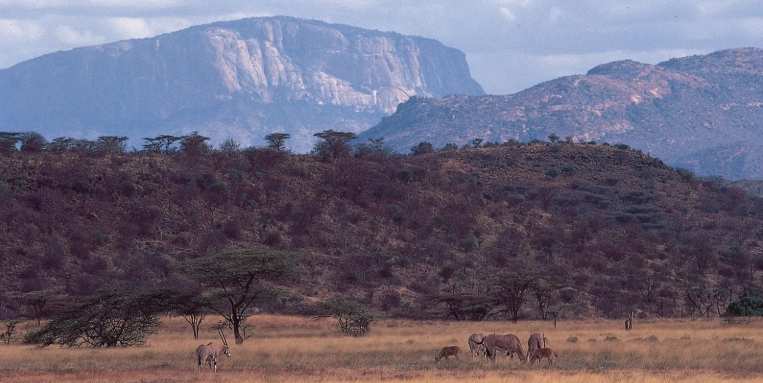Diastrophism is the process by which geological forces shape and change the Earth’s crust.
Understanding Diastrophism
Diastrophism refers to the deformation of the Earth’s crust, caused by tectonic forces such as compression, tension, and lateral movement.
Types of Diastrophism
There are two main types of diastrophism: folding and faulting. Folding occurs when rock layers are bent or curved, while faulting occurs when rocks break and move along a fault line.
Impact on Landforms
Diastrophism plays a key role in the formation of landforms such as mountains, valleys, and plateaus. It can also create earthquakes and volcanic activity.
Mountain Building
The process of mountain building, or orogeny, is often the result of diastrophism. Tectonic forces push rock layers together, causing them to fold and uplift, forming mountain ranges.
Faulting and Earthquakes
Faulting is responsible for the formation of faults, fractures in the Earth’s crust where rocks move past each other. When this movement causes vibrations along the fault line, earthquakes occur.
Volcanic Activity
Diastrophism can also trigger volcanic activity by causing magma to rise to the surface through fractures in the Earth’s crust. This can lead to the formation of volcanoes and lava flows.
Conclusion
In conclusion, diastrophism is a powerful geological force that shapes the land by causing folding, faulting, mountain building, earthquakes, and volcanic activity. By understanding these processes, we can better appreciate the dynamic forces that shape our planet.

